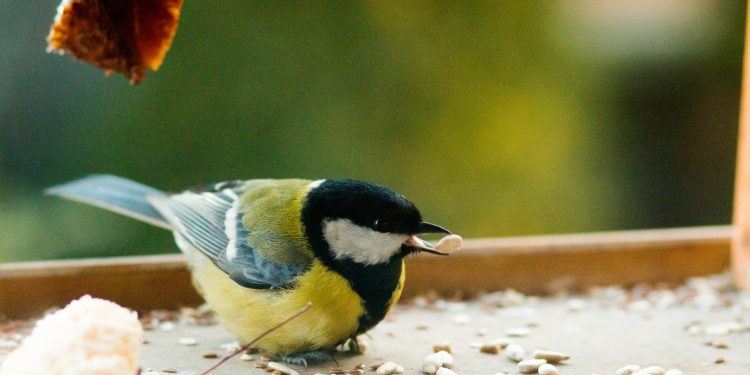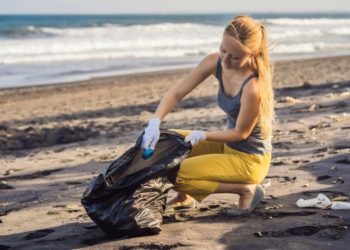As the cold temperatures of winter start to melt away, the chirping of birds, the growing greenery and the sighting of small mammals, frogs, and insects become more and more prominent.
Sadly, these natural wonders are in danger due to habitat destruction, harmful farming practices and climate change in the UK.
For this reason, it is essential for us to make an effort to create a safe haven for these native wildlife species.
Wilding your outdoor space is the process of giving back pieces of land to nature so that current species can thrive and endangered species can find a safe refuge. In this blog, we’ll go over some of the methods you do to boost biodiversity and protect wildlife.
Provide a Fresh Source of Water
All animals need water to survive, and providing a source of water in your garden can attract a range of creatures.
A bird bath, pond or even just a shallow dish filled with water can make a huge difference, but be sure to change the water regularly to prevent the spread of disease.
Plant Native Flowers
Planting native flowers and plants is a great way to attract pollinators such as bees, butterflies and moths to your garden.
They also provide a good protein source for birds and other animals that rely on seeds and berries.
Erect a Birdhouse
Birdhouses are a great way to provide a safe and secure home for birds to nest and raise their young. By providing a birdhouse, you can help to increase the population of certain bird species in your area and encourage them to visit and nest in your garden or backyard.
Pre-made birdhouses are available in a variety of sizes, shapes, and designs, depending on the type of bird you wish to attract.
Some birdhouses are designed specifically for certain bird species, such as bluetits or wrens, while others are more generic and can be used by a variety of birds.
Offer Food
Providing food can be a great way to attract animals to your garden. You can put out bird feeders or scatter seeds on the ground. Foxes and badgers are also very partial to peanuts too and hedgehogs have been known to feast on domestic dog or cat food.
Make sure to choose the right type of food for the animals you want to attract, and keep it fresh and clean to prevent the spread of disease.
It’s also important to clear away anything that hasn’t been eaten to avoid attracting the attention of unwanted vermin, such as rats.
If you’re growing fruit and veg but also want to attract wildlife to your summertime garden, we recommend protecting your crops using fruit cages.
Avoid Using Chemicals
Chemicals such as pesticides and herbicides can be harmful to wildlife, so it’s best to avoid using them in your garden.
Instead, use natural pest control methods such as companion planting, which involves planting certain plants together to deter pests.
Allow Nature to Take its Course
It’s important to remember that wildlife can be unpredictable, and you may not attract the animals you want to your garden straight away.
Don’t be disheartened if you don’t see any wildlife at first. Instead, be patient and allow nature to take its course.
Learn About the Wildlife in Your Area
Finally, one of the best ways to attract UK animals to your garden is to learn about the wildlife in your local area.
Find out what animals are common in your region, and what they need to survive. This will help you make informed decisions about how to create a wildlife-friendly garden.
Takeaways
Not only is the natural world essential for our health and wellbeing, but it also plays a crucial role in maintaining the overall health of our planet.
By dedicating some of your land to nature, you can help create a thriving habitat for a variety of species, including those that are endangered.
Ed Powell is a landscaping and steel products expert and the founder and director of Steel Landscaping Co.
David Prior
David Prior is the editor of Today News, responsible for the overall editorial strategy. He is an NCTJ-qualified journalist with over 20 years’ experience, and is also editor of the award-winning hyperlocal news title Altrincham Today. His LinkedIn profile is here.













































































